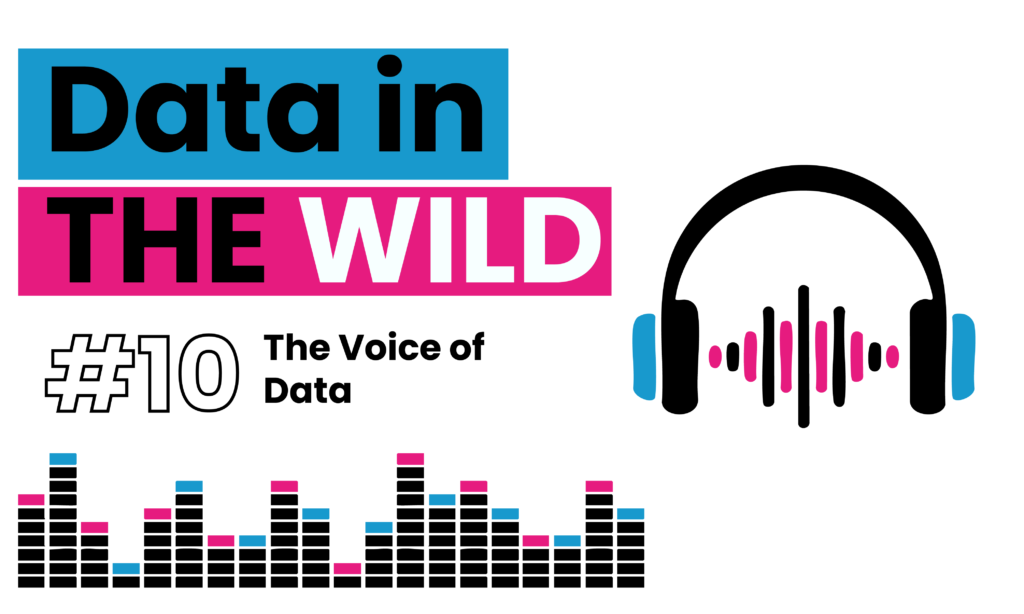What the eye can’t see…
We often talk about data as something we can see. Dashboards, graphs, maps, and imagery have become the dominant way we make sense of complex information, which makes sense, after all, “a picture is worth a thousand words.” But if there was another way to experience data, what if we could hear it?
Welcome back to Data in the Wild, the series where we uncover how data shapes our everyday lives in ways we barely notice. As always, it’s a pleasure writing for an audience that understands that data is not singular but the plural form of datum! Today, we are talking about data sonification.
What is Data Sonification?
At its core, sonification is the process of turning data into sound. It’s not just about making pretty noises, it’s about encoding information in a form we can hear.
Each change in data, a spike in temperature, a dip in traffic, or a gradual rise in CO₂ can be translated into musical elements like pitch, rhythm, and volume. Done well, this can make patterns more intuitive, even emotional.
Why does it matter?
There are a few reasons why this matters, and they’re not just technical.
- It’s inclusive. For people who are blind or partially sighted, sonification offers a different way to experience data.
- It taps into our intuition. Our ears are wired to detect change — we notice shifts in rhythm or discordant notes far faster than we might catch a stray data point on a graph.
- It can move us. A bar chart can show a death toll. A melody that climbs with every lost life? That can be felt, not just understood.
Okay…but what does it look like in real life?
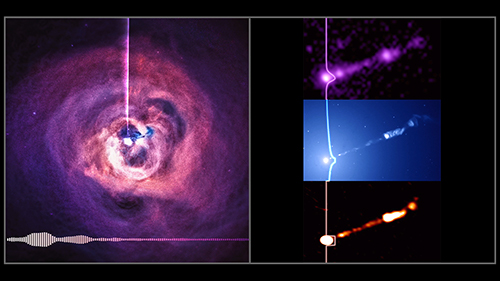
NASA: Listening to Black Holes and Space Data
NASA has been using sonification to translate astronomical data from telescopes into sound. One well-known example is the sonification of the Perseus galaxy cluster, where pressure waves emitted by a black hole were converted into audible sounds, essentially letting us “hear” a black hole for the first time.
Heartbeat Monitors in Hospitals: Listening for Life
These devices capture a patient’s heartbeat via electrodes and translate that data into sound: a steady beep for every beat.
What’s genius here is how the sound itself becomes the language of care. Doctors and nurses don’t need to constantly look at screens; they can hear patterns, irregularities, or silence from across the room. A change in pitch, rhythm, or a sudden stop can instantly alert staff to a medical emergency. It’s ambient, real-time, and emotionally resonant.
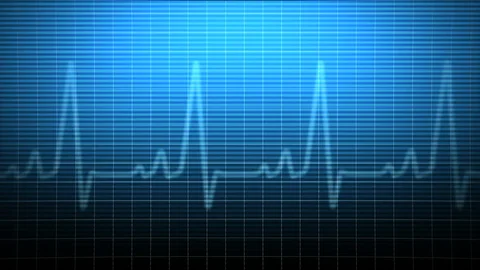
In a world where data is often overwhelming, cold, or abstract, sonification offers something different: presence.
You can hear the pace of a warming planet. You can feel the pressure of rising inflation in a minor key. You can listen and notice, in ways charts rarely allow.
See you next time for more Data in the Wild!
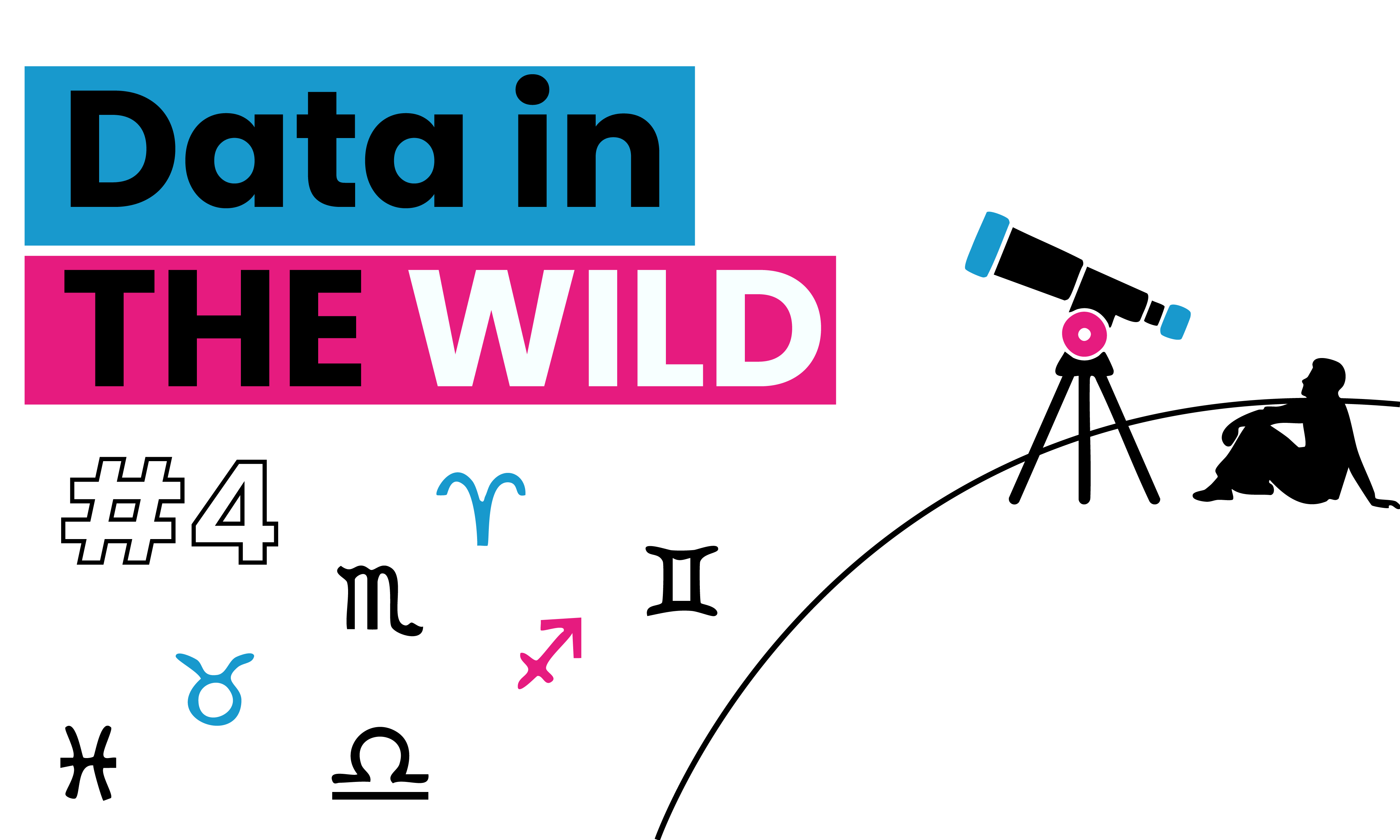
Data in the wild #4
Welcome back to Data in the Wild, the series where we highlight everyday examples of data visualisation in action. This time, we’re looking at constellations, Nature’s Birth Charts.
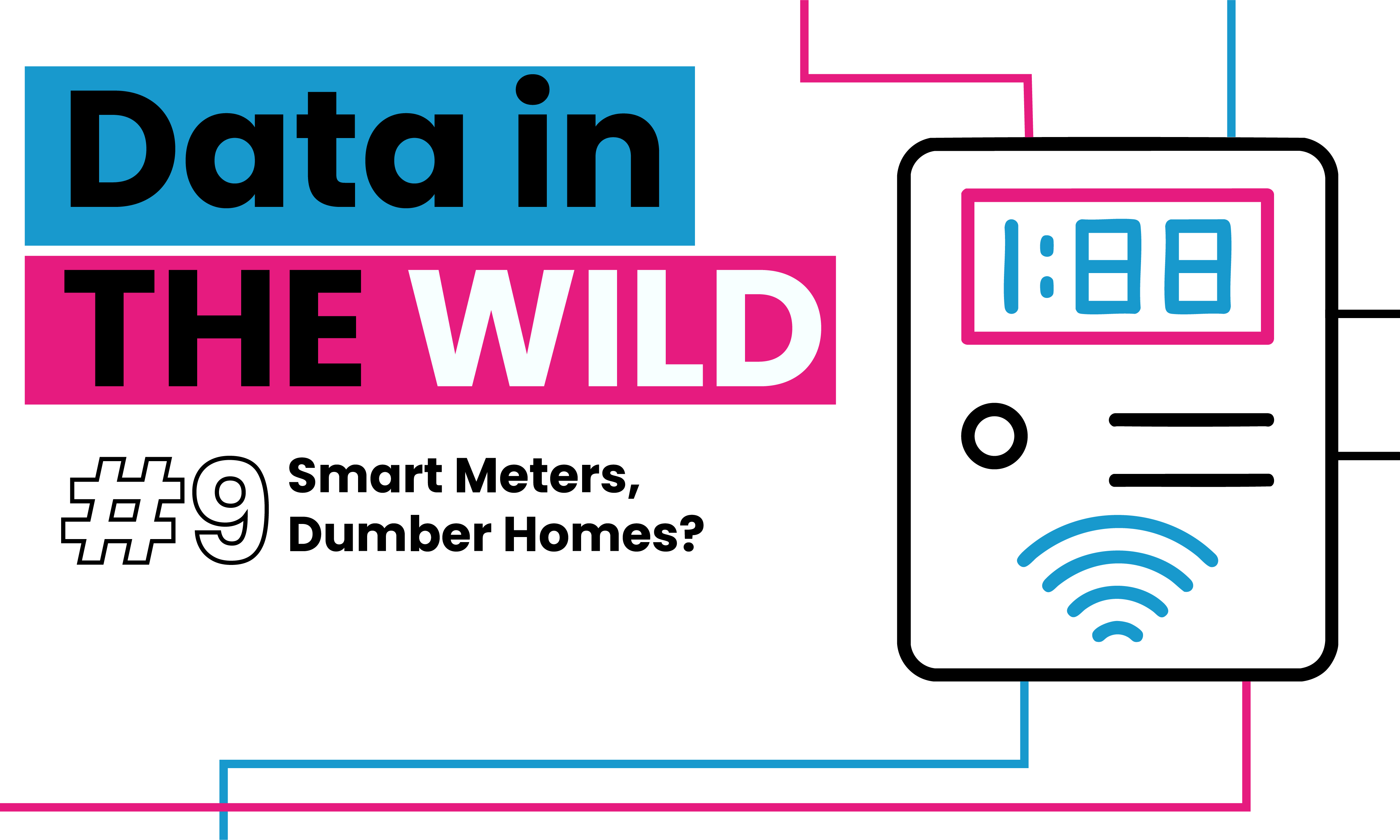
Data in the Wild #9: Smart Meters, dumber homes?
Smart meters promised to revolutionise home energy use through real-time data. But over a decade since rollout began, the results have been mixed. In this latest Data in the Wild, we explore what smart meters reveal about the power and limits of data visualisation when infrastructure, design, and trust don’t align.
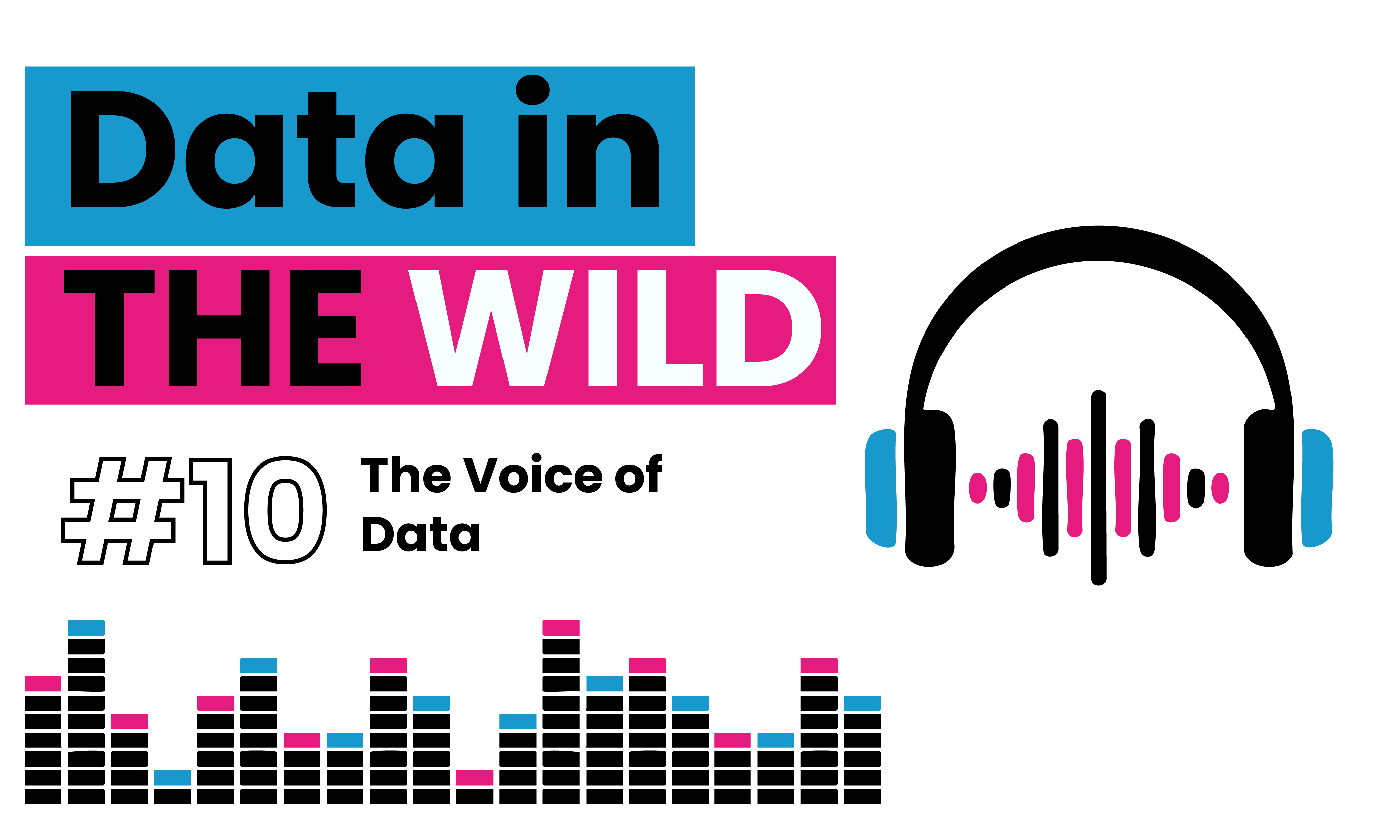
Data in the Wild #10: When Data Speaks, The World of Sonification
Data sonification turns raw numbers into sound, transforming patterns into melodies we can hear and feel. From hospital monitors to black hole recordings, it’s an intuitive, emotional way to engage with information. In a world full of dashboards, sometimes the most powerful data is the kind we can listen to.

